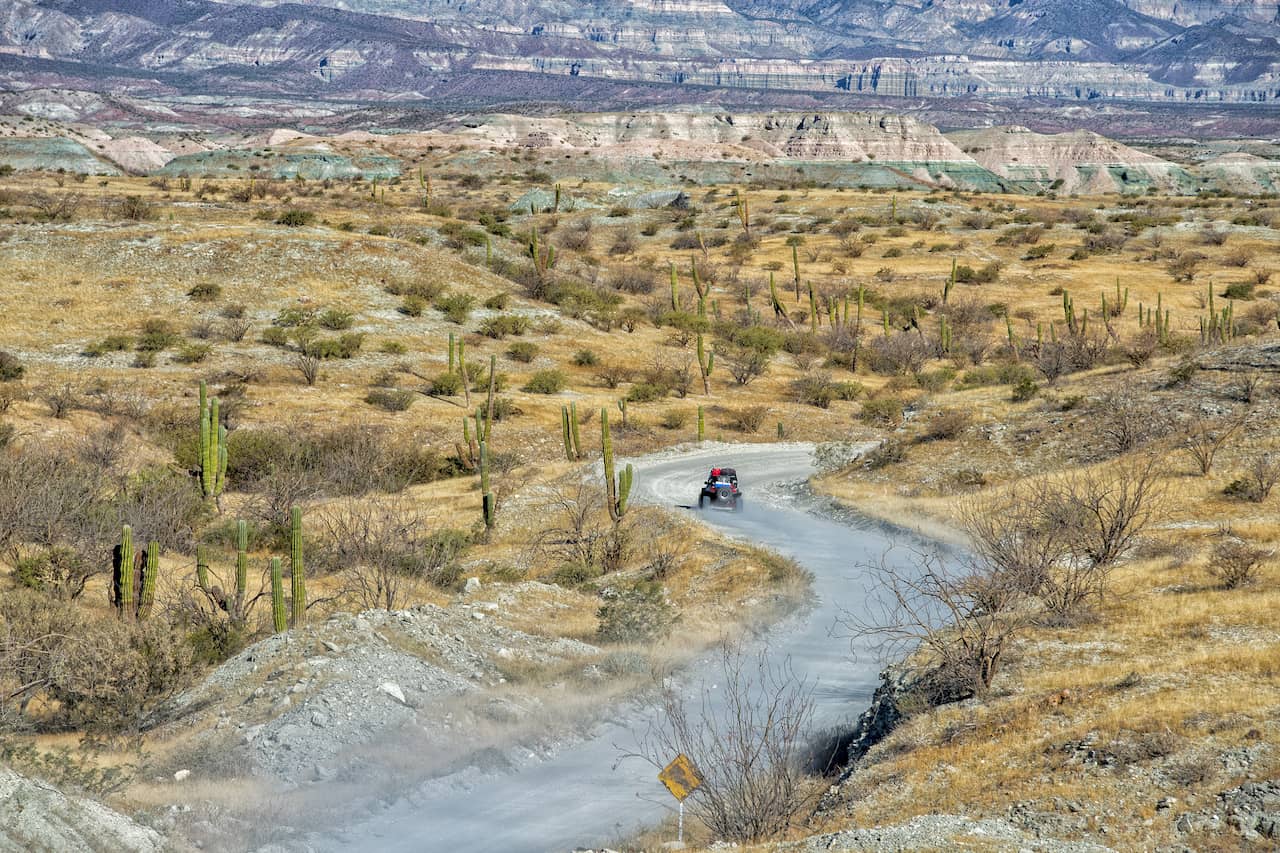When navigating steep downhill terrain in your UTV, safety and control are paramount. Understanding and applying proper techniques, such as engine braking and controlled braking, can significantly enhance your riding experience. Let’s explore these essential methods to ensure you’re ready for any descent.

Understanding Safe Hill Descents: What You Need to Know
Navigating steep inclines can be challenging, especially for newer UTV riders. Proper hill descent techniques not only improve safety but also prevent wear on your vehicle’s braking system. Techniques like UTV engine braking and controlled braking ensure better stability, traction, and control during downhill rides.
What is Engine Braking?
Engine braking is a technique where the engine’s resistance slows the vehicle instead of relying solely on the brakes. This method reduces strain on brake pads and minimizes overheating.
The Role of Controlled Braking
Controlled braking involves light, consistent pressure on the brake pedal to maintain control without locking the wheels. This method is crucial for maintaining stability and avoiding skids on slippery or loose surfaces.
Key Techniques for Safe Hill Descents
Mastering safe downhill techniques requires practice and understanding specific steps to ensure a smooth and secure ride. Below are essential components:
- Assess the Terrain – Before beginning a descent, evaluate the slope’s steepness and surface conditions. Loose gravel, mud, or wet terrain can affect your control.
- Engage Low Gear – Shift your UTV into low gear to enable engine braking. This setting increases engine resistance, providing greater control during the descent.
- Apply Controlled Braking – Use light, consistent brake pressure in combination with engine braking. Avoid sudden or hard braking to reduce the risk of skidding.
- Maintain a Steady Speed – Keep a consistent, slow speed throughout the descent to maintain control and prevent losing traction.
Explore more tips and gear for UTV safety equipment to enhance your rides.
Putting it into Practice: Steps for Mastering Hill Descents
Learning these techniques requires hands-on practice. Follow these steps to build your skills and confidence:
- Practice on Gentle Slopes – Start on mild inclines to get a feel for engine braking and controlled braking.
- Experiment with Low Gear – Understand how your UTV reacts to different speeds and braking techniques.
- Test Braking on Varied Terrain – Practice on gravel, mud, and dry slopes to adapt your skills to different conditions.
Check out detailed UTV riding tips and guides for additional insights.
Best Practices for Downhill Safety
- Inspect Your UTV Regularly: Ensure your brakes, tires, and drivetrain are in excellent condition.
- Use Proper Riding Gear: Invest in safety equipment such as helmets and gloves for protection.
- Ride with a Partner: Having another rider nearby can provide assistance if needed.
- Stay Aware of Your Environment: Look out for obstacles, loose rocks, or unexpected changes in terrain.
Seeking Further Improvement and Expert Guidance
If you’re looking to refine your techniques or gain advanced skills, consider enrolling in a professional riding course. Expert instructors can guide you on mastering hill descents and other advanced riding skills.
Remember, practice and preparation are key to safe and enjoyable rides. Start with basic techniques and build your confidence over time.
Main Points to Remember
- Use engine braking and controlled braking for safe hill descents.
- Practice on varied terrain to develop your skills.
- Prioritize regular UTV maintenance and invest in quality safety gear.
By mastering these techniques, you can tackle any downhill terrain with confidence and control. For more tips and guidance, visit Side by Side Fury and take your UTV experience to the next level.
